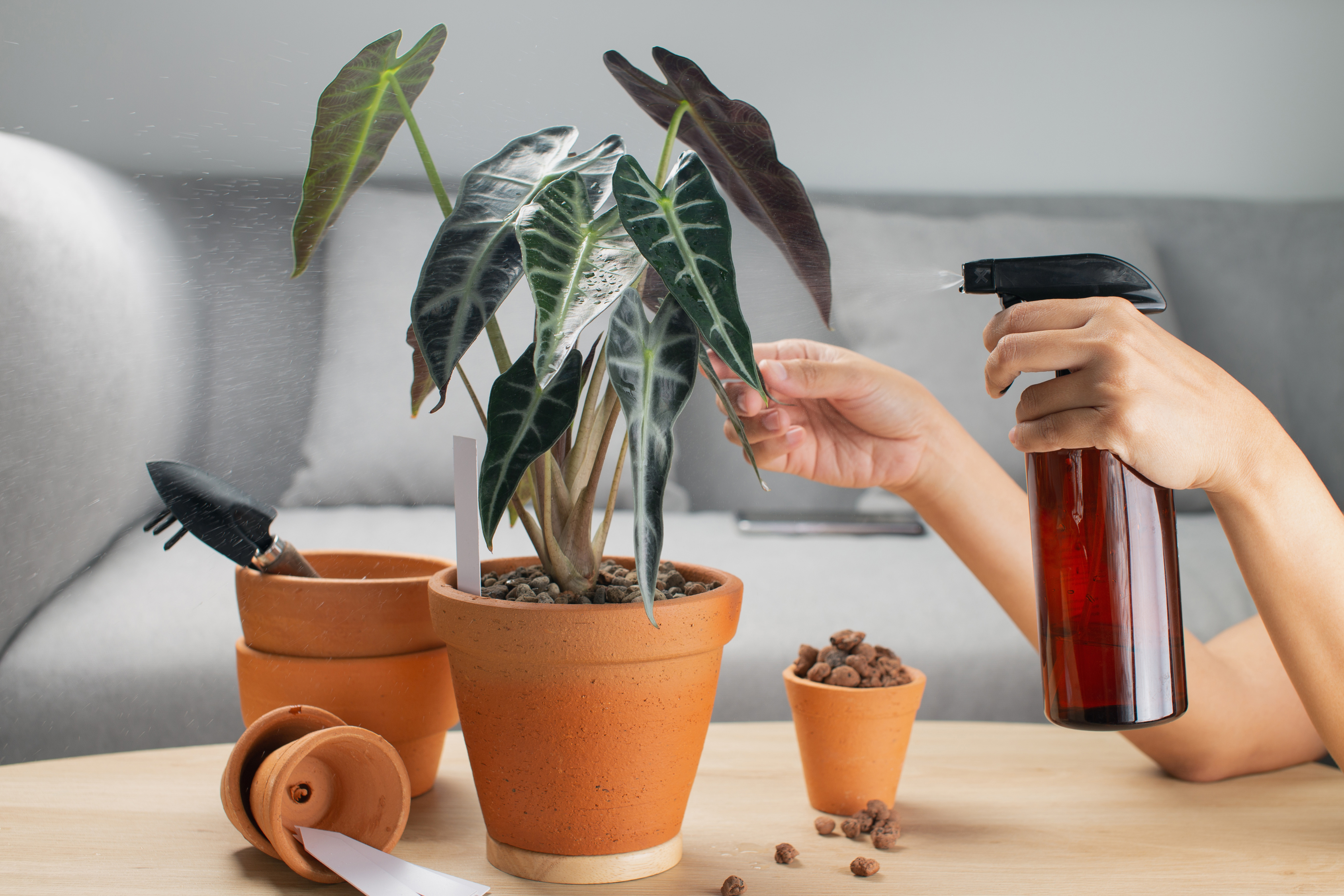Introduction:
Fertilization is a fundamental aspect of plant care, providing essential nutrients that support healthy growth and development. As a gardener, understanding the basics of fertilizers and their role in plant nutrition is crucial for cultivating thriving gardens and vibrant landscapes. In this guide, we'll explore the fundamentals of fertilization, including the types of nutrients plants need, how to choose the right fertilizer, and best practices for application.
The Essential Nutrients:
Plants require a variety of nutrients to support their growth and metabolic processes. These essential nutrients can be broadly categorized into two groups:
-
Macronutrients: Macronutrients are required in relatively large quantities and include nitrogen (N), phosphorus (P), potassium (K), calcium (Ca), magnesium (Mg), and sulfur (S). These nutrients play key roles in plant structure, energy transfer, and biochemical reactions.
-
Micronutrients: Micronutrients are needed in smaller amounts but are equally important for plant health and include iron (Fe), manganese (Mn), zinc (Zn), copper (Cu), boron (B), molybdenum (Mo), and chlorine (Cl). These nutrients serve as cofactors for enzymes and are involved in various metabolic processes.
Understanding Fertilizer Labels:
Fertilizers are labeled with three numbers representing the percentage by weight of nitrogen (N), phosphorus (P), and potassium (K), respectively. This is known as the N-P-K ratio. For example, a fertilizer labeled 10-10-10 contains 10% nitrogen, 10% phosphorus, and 10% potassium by weight. In addition to N-P-K, fertilizers may also contain micronutrients and other additives to enhance plant growth and performance.
Choosing the Right Fertilizer:
Selecting the right fertilizer depends on factors such as soil type, plant species, and growth stage. Soil tests can provide valuable information about nutrient levels and deficiencies, guiding your fertilizer selection and application. Choose a fertilizer formulation that matches your plants' specific nutrient needs and apply it according to label instructions to avoid over-fertilization and nutrient imbalances.
Organic vs. Synthetic Fertilizers:
Fertilizers can be classified as organic or synthetic based on their source and manufacturing process. Organic fertilizers are derived from natural materials such as compost, manure, bone meal, and fish emulsion, and provide a slow-release source of nutrients while improving soil structure and microbial activity. Synthetic fertilizers, on the other hand, are manufactured from inorganic compounds and provide a quick-release source of nutrients but may leach into waterways and cause environmental pollution if used improperly.
Application Methods:
Fertilizers can be applied using various methods depending on the plant's growth stage and soil conditions. Common application methods include:
-
Broadcast Application: Spread granular fertilizer evenly over the soil surface and water thoroughly to dissolve and activate the nutrients.
-
Foliar Feeding: Apply liquid fertilizer directly to the leaves using a sprayer, allowing the plant to absorb nutrients through its foliage.
-
Root Drench: Pour liquid fertilizer directly onto the soil around the plant's root zone, ensuring thorough coverage and absorption.
-
Top Dressing: Sprinkle granular fertilizer around the base of the plant, avoiding direct contact with the stems or foliage.
Timing and Frequency:
Fertilizer application timing and frequency depend on factors such as plant type, growth stage, and environmental conditions. In general, fertilize actively growing plants during the growing season and reduce or suspend fertilization during periods of dormancy. Avoid over-fertilizing, as excess nutrients can accumulate in the soil and cause nutrient imbalances or environmental damage.
Conclusion:
Fertilization is a vital component of plant care, providing essential nutrients that support healthy growth and development. By understanding the fundamentals of fertilizers, including nutrient requirements, fertilizer labels, application methods, and timing, you can provide your plants with the nutrients they need to thrive and flourish.
Remember to choose the right fertilizer formulation based on soil tests and plant needs, apply fertilizers according to label instructions, and monitor plant response to ensure optimal growth and performance. With proper fertilization practices, you can nurture vibrant gardens and landscapes that bring beauty and joy to your outdoor spaces.
Happy gardening!

